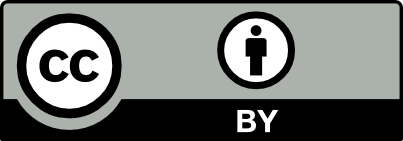(Researcher)
(Researcher)
(Researcher)
Complex structures can be understood as compositions of smaller, more basic elements. The characterization of these structures requires an analysis of their constituents and their spatial configuration. Examples can be found in systems as diverse as galaxies, alloys, living tissues, cells, and even nanoparticles. In the latter field, the most challenging examples are those of subdivided particles and particle-based materials, due to the close proximity of their constituents. The characterization of such nanostructured materials is typically conducted through the utilization of micrographs. Despite the importance of micrograph analysis, the extraction of quantitative data is often constrained. The presented effort demonstrates the morphological characterization of subdivided particles utilizing a pre-trained artificial intelligence model. The results are validated using three types of nanoparticles: nanospheres, dumbbells, and trimers. The automated segmentation of whole particles, as well as their individual subdivisions, is investigated using the Segment Anything Model, which is based on a pre-trained neural network. The subdivisions of the particles are organized into sets, which presents a novel approach in this field. These sets collate data derived from a large ensemble of specific particle domains indicating to which particle each subdomain belongs. The arrangement of subdivisions into sets to characterize complex nanoparticles expands the information gathered from microscopy analysis. The presented method, which employs a pre-trained deep learning model, outperforms traditional techniques by circumventing systemic errors and human bias. It can effectively automate the analysis of particles, thereby providing more accurate and efficient results.characterization of these structures involves analyzing their constituents and their spatial configuration. Examples are found in systems as diverse as galaxies, alloys, living tissues, cells, down to nanoparticles. In the latter field, subdivided particles and particle-based materials are among the most prominent. Such nanostructured materials are characterized using micrographs. Despite the importance of micrograph analysis, the extraction of quantitative data is often limited. The effort presented here demonstrates the morphological characterization of subdivided particles with a pre-trained artificial intelligence model. This method shows automated segmentation between subdivisions of particles using the Segment Anything Model, which is based on a pre-trained neural network. From this stage on, the subdivisions are organized into sets, which is a novelty in the field. These sets gather data derived from a large ensemble of specific particle domains and contain information to which particle each subdomain belongs. The arrangement of subdivisions into sets to characterize complex nanoparticles expands the information gathered from microscopy analysis. The results gained based on selected model colloids are compared to previously published results, demonstrating that the novel method avoids systemic errors and human bias.
electron microscopy
nanoparticles
artificial intelligence
segment anything model
pattern recognition
colloids
image processing
Materials Science
Computer Science
Monteiro, Gabriel https://orcid.org/0000-0002-5049-1704
Monteiro, Bruno https://orcid.org/0000-0001-7288-5504
dos Santos, Jefersson https://orcid.org/0000-0002-8889-1586
Standort
- Konstanz, GERMANY
- Belo Horizonte, BRAZIL
- Sheffield, UNITED KINGDOM OF GREAT BRITAIN AND NORTHERN IRELAND*
Views
Downloads
